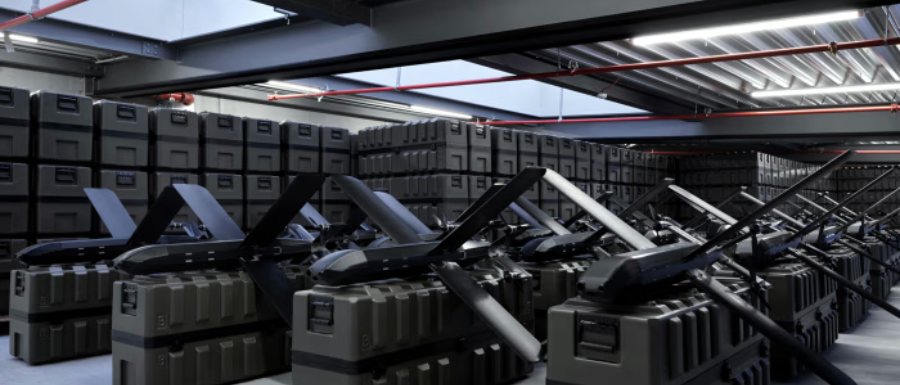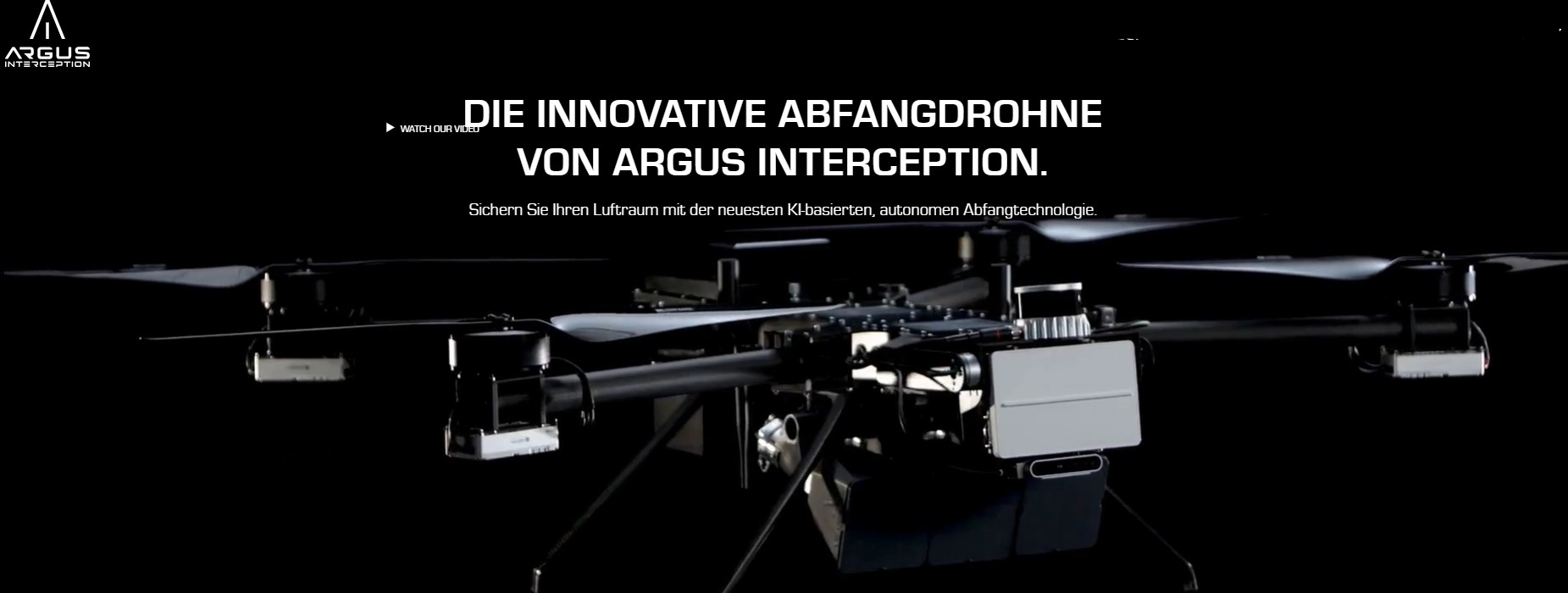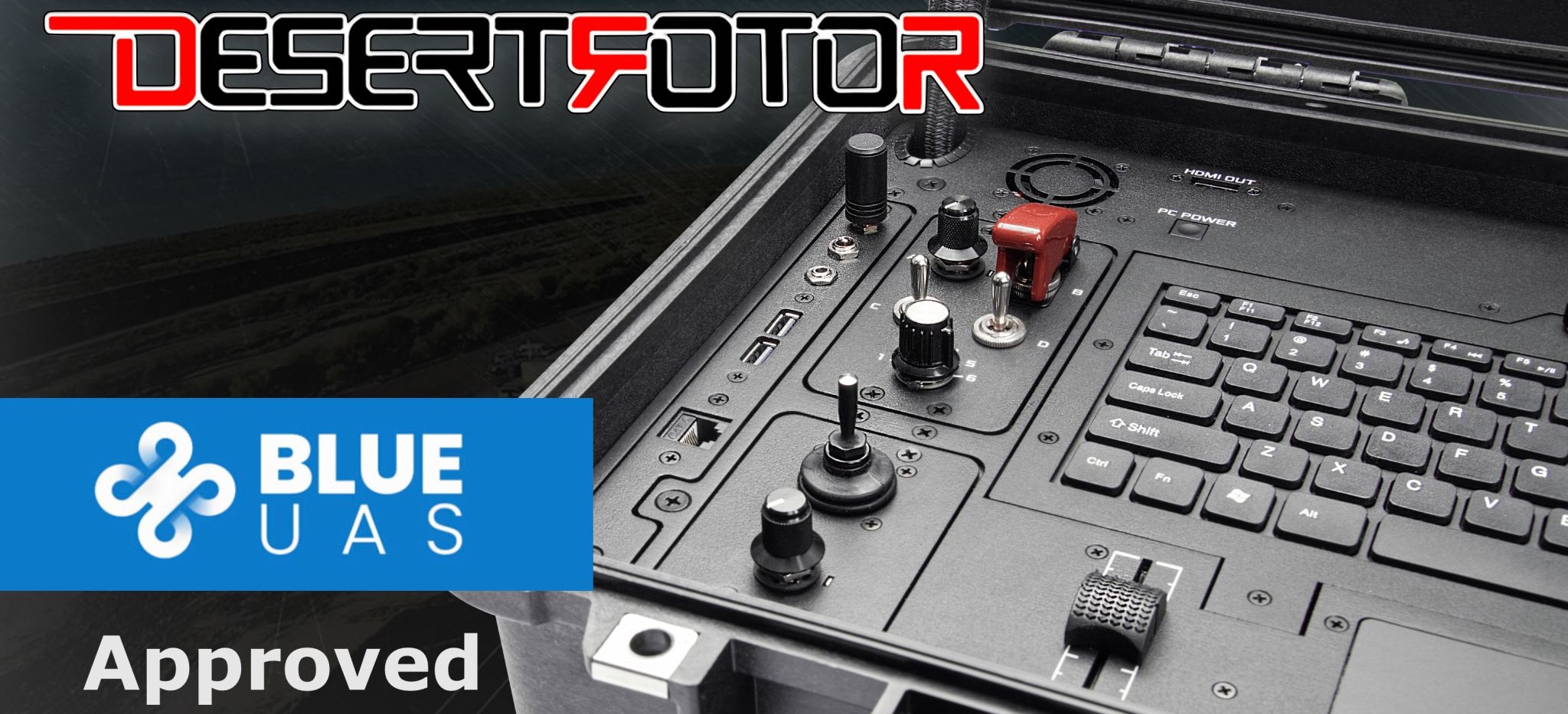AI Fighter Jets and Drone Armies: The German Startup Plotting Europe’s High-Tech Defense Revival

A German defense-tech startup is shaking up Europe’s military future with a bold vision to rebuild the continent’s strength using swarms of AI-powered drones, autonomous fighter jet pilots, and underwater surveillance gliders. At the heart of this effort is a mission to modernize Europe’s outdated defense posture and offer scalable, high-tech alternatives to traditional warfare strategies.
The company has rapidly emerged as one of Europe’s most valuable defense players, riding a wave of heightened geopolitical urgency and massive investments into military innovation. Its most prominent creation, a nimble AI-guided strike drone, is designed to operate in hostile environments without GPS and can withstand electronic warfare. Thousands of these units are already in active use, particularly in regions of ongoing conflict, providing real-time data and battlefield support. The drone’s success is not just technical—it’s symbolic of a broader shift in how modern wars are fought and how Europe intends to protect itself.
The company’s ambitions go far beyond drones. In one of the most striking demonstrations to date, its AI system recently flew a modern fighter jet autonomously during combat simulations. The onboard pilot relinquished control mid-flight, allowing the artificial intelligence to execute tactical maneuvers typically requiring years of human training. This isn’t a concept or lab experiment—it’s a tested capability that could change the nature of aerial combat.
But the vision doesn’t stop in the skies. The company is also pushing into maritime and underwater defense. Its AI-powered underwater glider is capable of patrolling deep-sea environments for up to three months without resurfacing. These vehicles can detect submarines, map seafloors, and track undersea infrastructure, offering nations a powerful new tool for securing their territorial waters and critical assets.
This level of innovation is arriving just as European defense spending reaches historic highs. Defense budgets across the continent have surged, and governments are now willing to bet big on domestic startups that can deliver next-generation capabilities. The old model—relying on aging infrastructure and slow procurement cycles—is being replaced with agile development, rapid testing, and direct battlefield deployment.
Still, this rapid rise comes with challenges. Some early iterations of the drones needed redesigns after initial deployments revealed weaknesses. Supply chain vulnerabilities, particularly for sensitive components and electronics, remain a constant concern. And the introduction of autonomous systems into warfare raises profound ethical and strategic questions. Who controls the AI? How are decisions about life and death made? And how do you prevent these systems from falling into the wrong hands?
Despite these uncertainties, the momentum behind this startup—and the broader shift it represents—is undeniable. Europe is no longer content to be a passive observer in the global arms race. It is building its own high-tech defense backbone, rooted in AI, automation, and innovation. And if this company succeeds, it may well define the future of warfare not just for Europe, but for the world.




